Whether you’re renovating your home for a resale or simply to make your home more enjoyable for you and your family, flooring is one of the most significant changes worthy of your investment. The right hardwood, among the most popular flooring options, can significantly boost your home’s value.
Solid or Engineered Wood?
But how do you go about deciding between solid wood or engineered wood? While the look and feel of both types can sometimes be indistinguishable, it’s important to make your choice based on practical considerations.
Beyond cost, climate and durability are the key factors in determining which floor is best for your needs. Each has distinct advantages and disadvantages depending on where the flooring is being installed and how much traffic it gets.
Solid Wood Flooring
As the name implies, solid wood flooring made from solid wood, milled from a single 3/4-inch thick piece of hardwood such as oak, maple, hickory or poplar. Solid wood floors can be installed on or above ground level and must be installed over a plywood subfloor, not a concrete slab.
Because they are made from thick sections of trees, solid wood floors react to moisture as they wood in nature. This means they may not perform well in “moisture rooms,” like basements, kitchens and bathrooms, or climates with significant temperature variations, often swelling and contracting as they soak up moisture.
Beyond tradition, most people choose solid wood because they are relatively easy to sand and refinish. As a result, they tend to last much longer than other types of floors. Oak is the most popular hardwood flooring in the United States, and in many cases the most practical. It’s typically the most economical, resists dents and scratching better than most hardwoods, and is relatively easy to sand and refinish, according to the National Wood Flooring Association.
Engineered Wood Flooring
Engineered wood flooring is manufactured using multiple layers of wood veneers, with the top layer being a solid wood and the ones below being plywood. The quality of engineered floors depends on the composition of woods used. Most engineered wood flooring is factory-finished, but it can be done at the job site.
Engineered wood can be nailed to a plywood subfloor or glued onto a concrete slab, making it a better choice for basements. While engineered floors react better to moisture and humidity than solid wood, they are not invincible. It’s important to follow manufacturer recommendations regarding relative humidity. Prolonged use in climates that are too dry or too wet will cause damage that won’t be covered by the manufacturer’s warranty.
The main advantage to engineered flooring is the cost savings in comparison to solid wood. Keep in mind, however, that the quality of wood used in engineered floors greatly affects performance. Sanding and refinishing engineered flooring is more difficult than solid wood, and can seldom be done more than once or twice with good results. For this reason, the life span of these floors is shorter than solid wood.
When selecting hardwood flooring to install in your home, look beyond the aesthetics of your options. With this type of investment, it’s important to analyze which flooring works best for the space as well as your long-term plans.

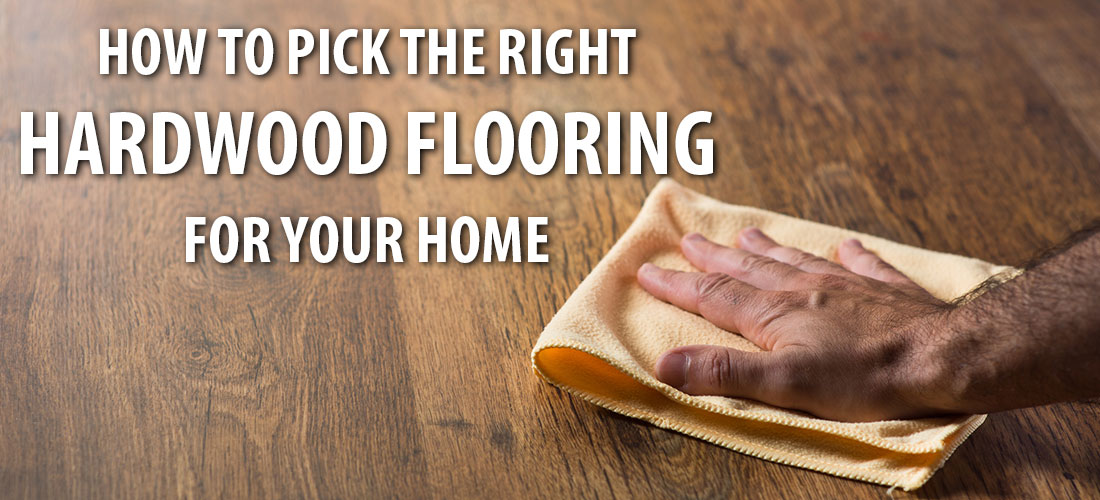
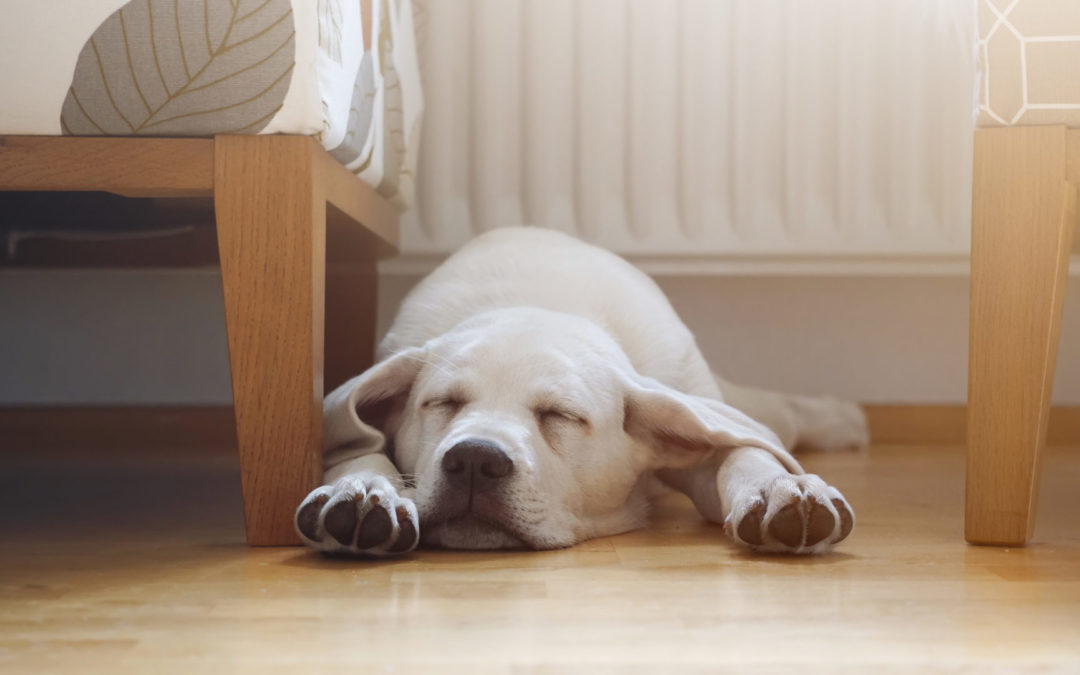
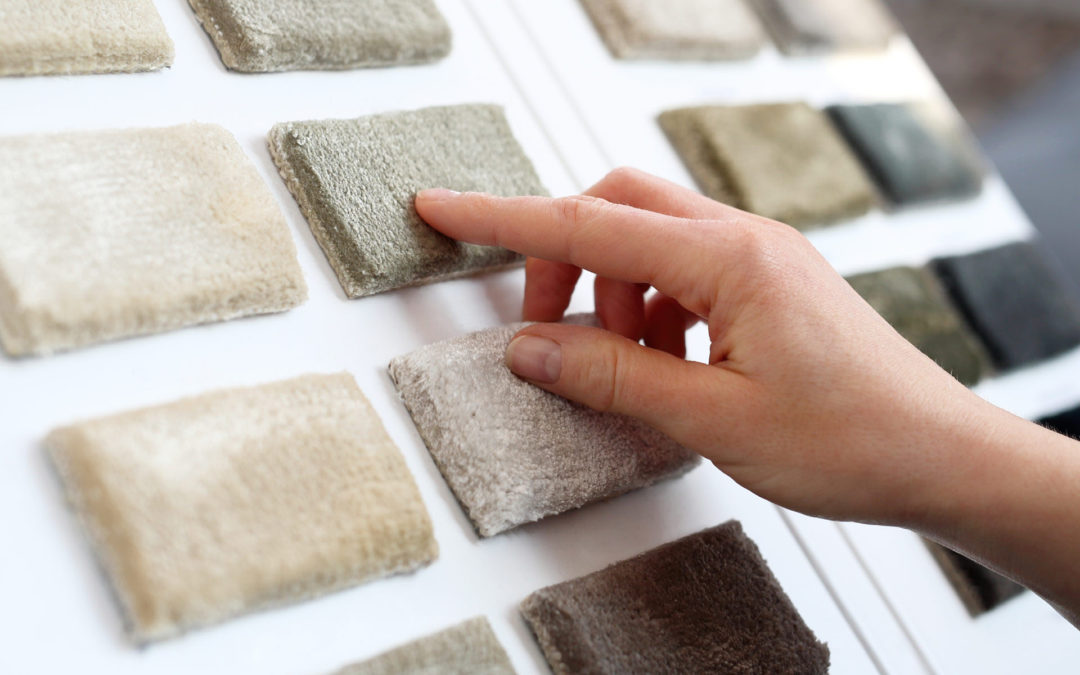


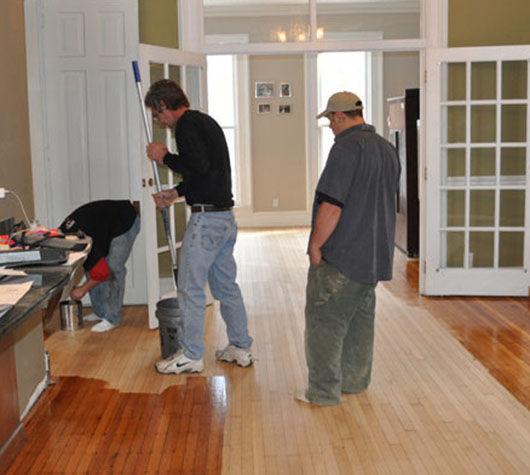 Repairing Scratched Hardwood Floors
Repairing Scratched Hardwood Floors
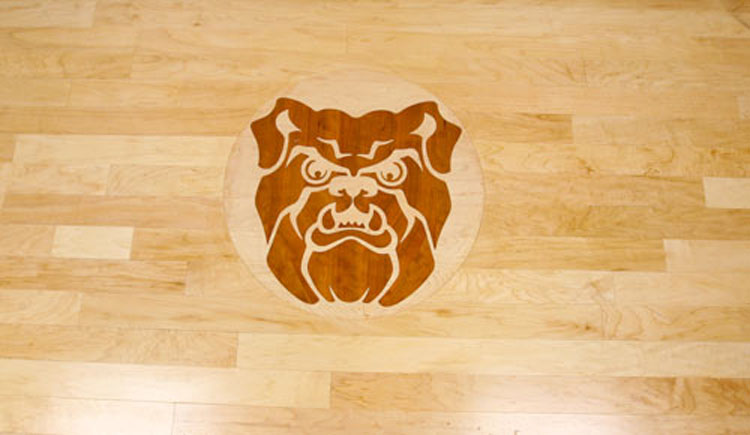 Hinkle Fieldhouse Butler Univers...
Hinkle Fieldhouse Butler Univers...
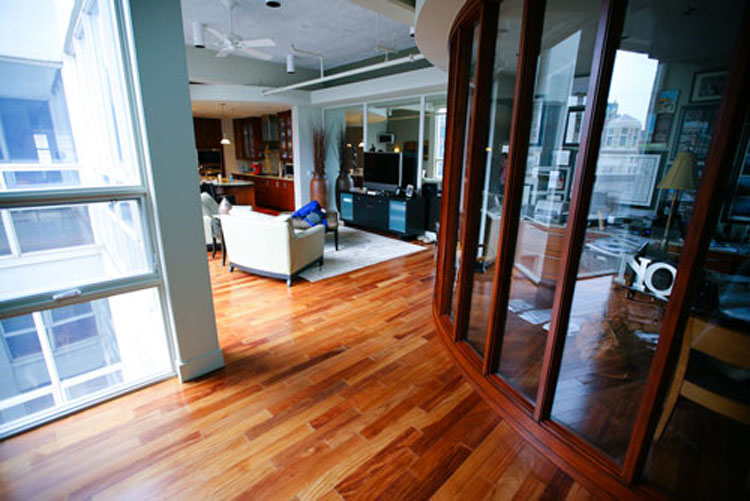 Penthouse Town Home Downtown Ind...
Penthouse Town Home Downtown Ind...
 Antique Flooring Restoration
Antique Flooring Restoration
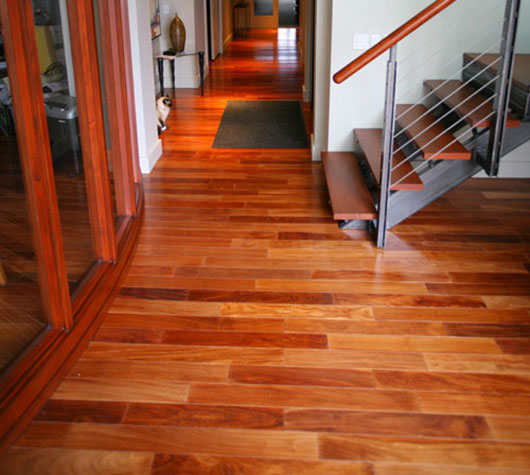 Brazilian Cherry Hardwood Floors
Brazilian Cherry Hardwood Floors







